In conversation with Marie Bak Mortensen
“Representation and climate change seem to me to be the two most profound factors impacting art in public spaces.”
- Marie Bak Mortensen

Marie Bak Mortensen, Director of Create London
Marie Bak Mortensen is Director of Create London. Create commissions bold, radical and socially engaged art and architecture in the public realm, collaborating with local communities to commission work that is ambitious, purposeful and useful. Previously, Marie was Head of Exhibitions at RIBA from 2014-21, responsible for exhibitions, commissions, and public programming. Prior to RIBA, she spent six years at Tate devising and delivering large-scale partnership projects in collaboration with UK museums and galleries. Before relocating to the UK, she undertook a two-year, international research project into the regeneration of modernist social housing estates on behalf of the Danish government and worked as Assistant Curator at the Danish Design Centre.
Can you tell us about your background in the arts and design and shed light on your role as director at Create London?
I was born, raised and educated in Denmark. After a stint at the Danish Design Centre and the Architects Association of Denmark, I moved to London to start a job at Tate, working on their national programmes and exhibitions partnership. It was a job that took me to every corner of the UK, visiting and working with small and large arts organisations. Then I moved back into the world of architecture, heading up exhibitions, off-site installations and public programmes at the RIBA. After having only worked for sizable organisations with the word ‘national’ in their titles, I became director of Create London two years ago. A small arts charity with 10 members of staff, but with large ambitions to insert world-class art, infrastructure, and architecture into areas of London with the least cultural arts provision and arts participation.
Create London has commissioned several works that have been awarded prestigious prizes, namely Thomas J. Price's Warm Shores and Veronica Ryan's Custard Apple (Annonaceae), Breadfruit (Moraceae) and Soursop (Annonaceae) as part of the Hackney Windrush Art Commissions. Can you tell us how these projects come together?
As an arts organisation that realises permanent public interventions, Create has a close working relationship with local authorities. Many of our projects are developed through dialogue with council officers, who have frontline knowledge and connection with their community. Sometimes our projects come together as a shared vision with local authorities, sometimes we lead on ideas. Regardless of how projects are initiated, they are founded on a deep understanding of and respect for the local context and needs. Public spaces are shared spaces, and we need to work meaningfully with the community to develop these. They cannot be dreamt up within a hermetically-sealed curatorial bubble.
How has the focus on art in London's public spaces evolved over the years?
Representation and climate change seem to me to be the two most profound factors impacting art in public spaces. The focus on diversifying the public realm, to represent the underrepresented, has significantly changed (for the better) commissioning strategies both in terms of who is commissioned and what is being displayed. Secondly, greater awareness around material waste and fabrication carbon emissions has reduced the number of large-scale temporary art projects. Unless you can demonstrate legacy and sound care for the environment both during and after production, these have become an unnecessary luxury that is hard to justify.
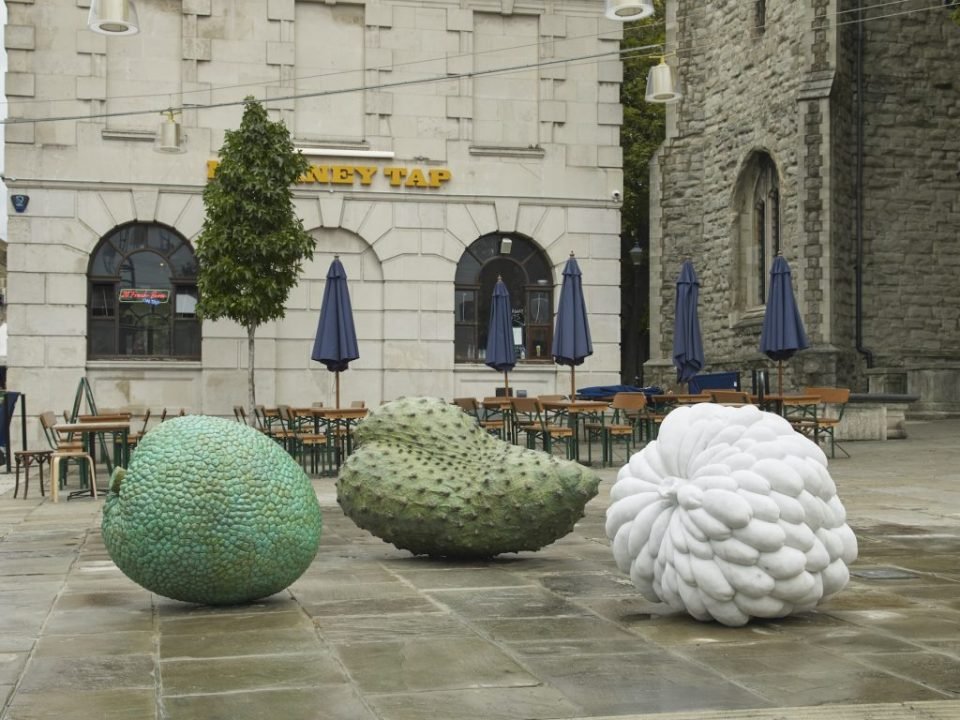
Veronica Ryan's Custard Apple (Annonaceae), Breadfruit (Moraceae) and Soursop (Annonaceae) as part of the Hackney Windrush Art. Commissioned by Create London.
What are some challenges encountered when commissioning art for public spaces?
There are too many to mention! On a practical level, planning permission, structural engineering, soil contamination, underground services, road closure, conservation areas, and listed sites can contribute to protracted and cumbersome processes. On a human level, you need buy-in from neighbours, local businesses, and the wider community to ensure that everyone is supportive of and understands the project's ambitions to generate value and positive legacy. And then there is the challenge of managing artistic expectations as art in public spaces is more prone to changes compared to art displayed in white cube spaces. But it’s all worth it.
Throughout your career, what have been the most fulfilling and rewarding moments you've experienced?
It is probably publishing a book at the age of 28, which led to changes in Danish policy. I was fortunate to work on a two-year research project that looked into best practices of architectural interventions in large-scale modernist housing estates. With only two years work experience, I got to interview policymakers, renowned architects, and thought leaders internationally. I was completely out of my depth, but 15 years later architects still reference the book as a tool they use to demonstrate that architecture can improve the lives of people alongside socio-economic measures.
What is the best advice you have received?
If you find yourself in a meeting with challenging stakeholders who are making unreasonable or unexpected demands, just smile… and deal with it later.
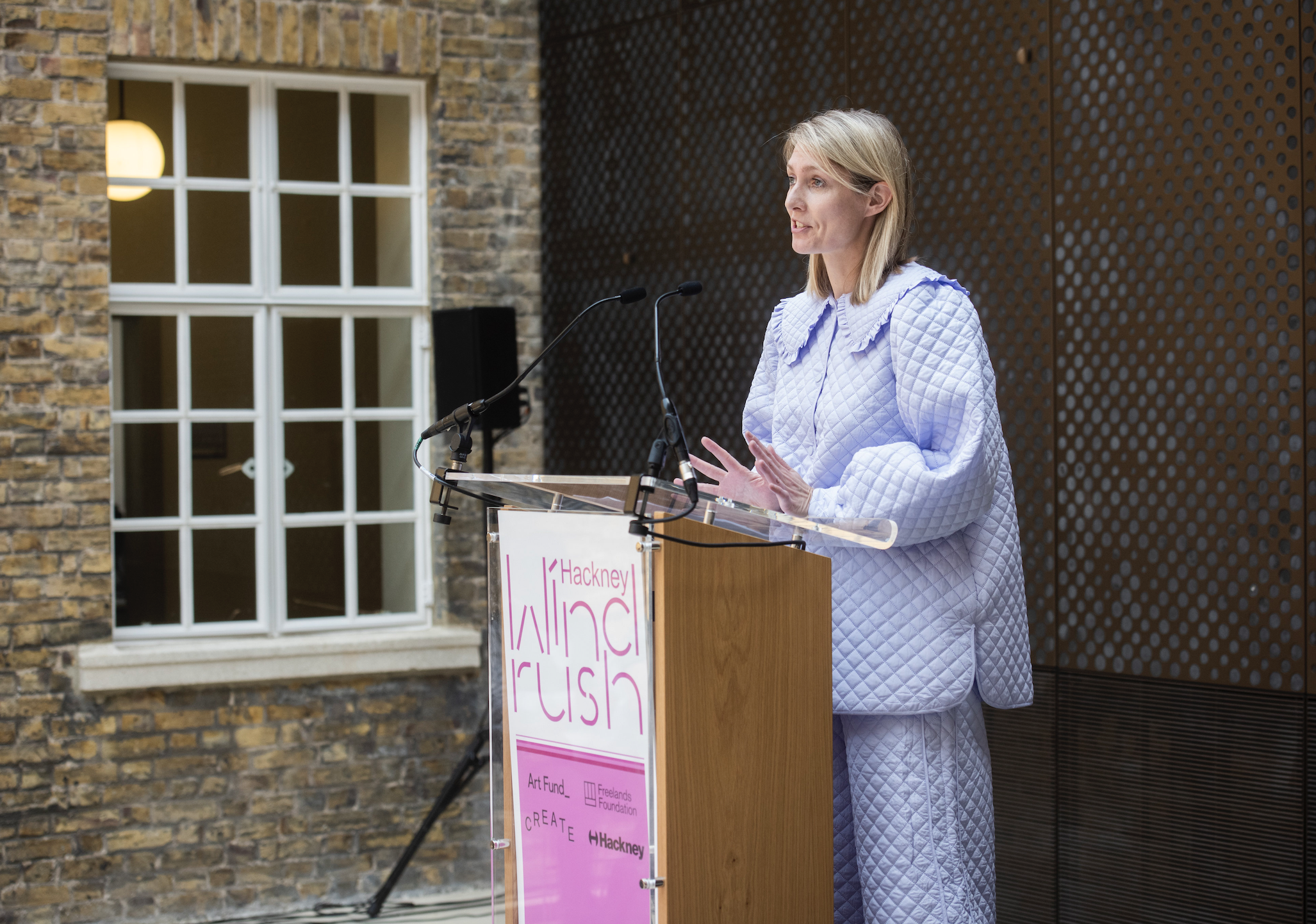
Marie Bak Mortensen. Photo by Sean Pollock.
Can you recommend three noteworthy public artworks in London our readers should look out for?
I have to mention some Create London commissions. One being Inspiration Lives Here, the first public sculpture by Grayson Perry, situated outside A House for Artists in Barking Town Centre. Another delightful piece is the mural by Pio Abad, located on Kilburn High Road. It is another example of how Create London facilitates opportunities for artists to gain their first public realm commission. Beyond the contemporary, the semi-public sculpture Pietà by Jacob Epstein (1956) in Congress House, is worth a visit. I’m not a fan of war memorials but the way the architecture of the atrium is dictated by - or shaped around - this one sculpture, carved in situ, is quite spectacular. I’ve never seen anything like it before.
What advice would you offer to aspiring individuals seeking a career in the art industry?
Be patient. It takes time to build experience and progress within the art industry - or any industry for that matter. You cannot fast-track your career by jumping from one job to another, and sometimes the most rewarding jobs are not the ones that will guarantee you wide publicity.
Can you share any notable upcoming projects that Create London is currently involved in?
There are lots in the pipeline that I still cannot talk about but they do involve more public artworks tied to contested heritage and marginalised communities. Following on from the success of A House for Artists, an ambitious and award-winning model for affordable and sustainable housing tied to long-term public engagement, we are busy working on our next capital project in Plaistow, Newham, transforming a beautiful but neglected 1880s warehouse into new cultural and creative uses. As part of our long-term engagement with Barking & Dagenham, we are also working with social housing estate residents on new commissions with Flock Together and Adham Farawamy.
Who is Marie Bak Mortensen outside the 'office' setting?
When leaving the office, you will most often see me running manically to the station to pick up my two daughters before the after-school club closes! Generally, I love to run or any kind of sport for that matter, including winter swimming, badminton and CrossFit. My partner is an artist and lecturer at an art college. Watching and doing sports is our mental and physical refuge. It allows us to step outside the art world when we are not spending time hanging out as a family with brilliant friends in our Nunhead neighbourhood.
What do you love about London?
I grew up in a small, post-industrial town with few cultural offerings. I love that London has endless opportunities to delve into activities that you never knew existed. The city has provided me with career opportunities that I probably - and strangely - would not have been able to achieve in Denmark. London has been very good to me so I guess the love is mutual.
Website: createlondon.org
Instagram: @createlondon
Aaron Wright is a curator of contemporary performing arts, originally from the Midlands, and currently serves as Head of Performance & Dance at London’s Southbank Centre, a role he took on in 2023. Alongside his work at the Southbank Centre, he runs the queer performance club night Knickerbocker at The Yard Theatre in Hackney Wick…
Clive Lyttle is the Artistic Director of Certain Blacks, a new Arts Council England funded organisation. He has held senior roles at Arts Council England, including Head of Combined Arts for the South East, overseeing circus, outdoor arts, and major venues like The Roundhouse and Jacksons Lane…
Judith Clark is a curator and fashion exhibition-maker, and currently Professor of Fashion and Museology at the University of the Arts London. She lectures on the MA Fashion Curation and is a founding Director of the Centre for Fashion Curation. From 1997 to 2002, she ran London’s first experimental fashion gallery in Notting Hill…
Oskar Zięta is an architect, process designer and artist whose work challenges the boundaries between disciplines. His practice brings together design, engineering, art and bionics to create sculptural forms. His latest installation, ‘Whispers’, is currently on display outside One New Ludgate as part of the London Festival of Architecture 2025…
Danny Larsen is a Norwegian artist who has transitioned from a successful career in professional snowboarding to establishing himself as a distinctive painter. His detailed neo-pointillist landscapes reflect a deep connection to nature and a personal journey of transformation. Ahead of his debut London solo exhibition…
Lindokuhle Sobekwa is a South African photographer from Katlehong, Johannesburg. Since his first exhibition in 2013, his work on social issues and personal histories—like his photo essay Nyaope—has gained international recognition. A member of Magnum Photos, Sobekwa was recently awarded the 2025 Deutsche Börse Photography Foundation Prize for his project I carry Her Photo with Me…
Sol Bailey Barker is a multidisciplinary artist whose work explores the connections between ecology, mythology, and speculative futures. Through sculpture, sound, and installations, they blend ancient knowledge with emerging technologies to examine humanity’s relationship with the natural world…
Nimrod Vardi and Claudel Goy, directors of arebyte Gallery, discuss how the space is redefining digital art by blending technology, social science, and immersive experiences. From AI and consciousness to the societal impact of tech, arebyte’s bold exhibitions go beyond visual spectacle, focusing on meaningful engagement and innovative presentation…
Hanna Salomonsson is a London based Swedish ceramic artist. Following a career in landscape architecture, she re-trained in ceramics in 2018. She also holds a BA in Art History, and this combined with her landscape grounding provides a unique vantage point for her ceramic practice…
Varvara Roza is a London-based private art advisor and artist representative. She specialises in promoting contemporary art by both established and emerging international artists. In our conversation, we discussed her unique approach to the art market…
Daniel is a curator-producer dedicated to the social impact of the arts and cross-sector collaboration. He is currently Creative Director & Chief Executive of Old Diorama Arts Centre (ODAC) in Euston, where he has strengthened the centre’s community connections amidst urban transformation…
Peter Bellerby is the founder of Bellerby & Co. Globemakers, a company renowned for its exquisite hand-crafted globes. Established in 2010, the company specialises in meticulously designed pieces that showcase exceptional craftsmanship, positioning Bellerby & Co. as a leader in the globe-making industry…
Gabriele Beveridge is known for her sculptural and conceptual practice that combines materials as diverse as hand-blown glass, photo chemicals, and found images…
Robyn Orlin is a South African dancer and choreographer born in Johannesburg. Nicknamed in South Africa "a permanent irritation", she is well known for reflecting the difficult and complex realities in her country. Robyn integrates different media into her work (text, video, plastic arts) to she investigates a certain theatrical reality which has enabled her to find her unique choreographic vocabulary…
Katrina Palmer, an artist known for exploring materiality, absence, and dislocation, recently spoke to us following her year-long residency at the National Gallery about her exhibition The Touch Report…
Enej Gala is an artist who splits his time primarily between London and his hometown of Nova Gorica, Slovenia. A graduate of the Academy of Fine Arts in Venice and the Royal Academy Schools (2023), Gala first gained our attention with Neighbour’s Harvest, an installation that cleverly combined puppetry and conceptual art…
David Ottone is a Founding Member of Award-winning Spanish theatre company Yllana and has been the Artistic Director of the company since 1991. David has created and directed many theatrical productions which have been seen by more than two million spectators across 44 countries…
Darren Appiagyei is a London-based woodturner whose practice embraces the intrinsic beauty of wood, including its knots, cracks, bark, and grain. Highly inspired by Ghanaian wood carving, Darren explores raw textures and new woods in his work…
Huimin Zhang is an artist specialising in 22K gold, known for her innovative craftsmanship. She combines various cultural techniques, including filigree, engraving, and European gold and silver thread embroidery, to create unique works…
Akinola Davies Jr. is a BAFTA-nominated British-Nigerian filmmaker, artist, and storyteller whose work explores identity, community, and cultural heritage. Straddling both West Africa and the UK, his films examine the impact of colonial history while championing indigenous narratives. As part of the global diaspora, he seeks to highlight the often overlooked stories of Black life across these two worlds.
Hannah Drakeford is a London-based interior designer known for her bold and colourful interiors. She transitioned from a 21-year retail design career to interior design, and has gained popularity on social media where she now shares creative upcycling tutorials and encourages individuality in home decor…
Shula Carter is an East London-based creative with a background in contemporary, ballet, and modern dance. She trained at the Vestry School of Dance and later at LMA London, where she developed skills in commercial, hip hop, and tap dance, alongside stage and screen performance…
Gigi Surel is the founder of Teaspoon Projects, a groundbreaking cultural initiative launching in London with its first exhibition and programme. Dedicated to exploring contemporary storytelling, Teaspoon Projects blends visual arts and literature while encouraging audience participation through carefully curated events.
Dian Joy is a British-Nigerian interdisciplinary artist whose work delves into the intersections of identity, digital culture, and the fluid boundaries between truth and fiction. Her practice is rooted in examining how narratives evolve and shape perceptions, particularly in the digital age.
Dian Joy is a British-Nigerian interdisciplinary artist whose work delves into the intersections of identity, digital culture, and the fluid boundaries between truth and fiction. Her practice is rooted in examining how narratives evolve and shape perceptions, particularly in the digital age.
Youngju Joung is a South Korean artist known for her paintings of shanty village landscapes, illuminated by warm light. Inspired by memories of her childhood in Seoul, she uses crumpled hanji paper to create textured, lived-in spaces that reflect both poverty and affluence.
Ann Tracy’s career began with a focus on figurative abstraction, developed during studies at Boston University where she earned both undergraduate and graduate degrees in sculpture. Throughout her career, she has drawn inspiration from artists such as Philip Guston and Piero Della Francesca…
John-Paul Pryor is a prominent figure in London’s creative scene, known for his work as an arts writer, creative director, editor, and songwriter for the acclaimed art-rock band The Sirens of Titan…
Jim Murray is an actor, director, conservationist and artist known for Masters of Air (2024) and The Crown (2016). Murray first came to prominence as an artist in 2023 with his acclaimed inaugural exhibition In Flow, where his dynamic abstract paintings were hung in conversation with John Constable’s The Dark Sid…
Anthony Daley is an abstract expressionist painter known for his vibrant, large-scale works that explore beauty through intense colour and light. His art bridges the past and present, drawing inspiration from the Old Masters as well as diverse sources like literature, science, poetry, and nature.
Paris launches into its own spectacular celebration of art each October, transforming the city into a hub for collectors, curators, and cultural enthusiasts. From the grandeur of Art Basel Paris at the newly renovated Grand Palais to the focused energy of Paris Internationale, OFFSCREEN, AKAA and Menart, each fair contributes something unique to the city’s vibrant art scene.
All Points East 2025 returned to Victoria Park, East London, as one of the capital’s must-visit summer festivals. The event featured six stages, a 50,000-strong crowd, and a mix of global headliners, cult favourites, and emerging talent. Our team joined the action to bring you the full rundown from this unforgettable day…
Benni Allan is the Founding Director of EBBA Architects, a London-based studio recognised for its ambitious, cross-disciplinary approach that bridges architecture, culture, fashion and design. Benni founded EBBA to unite his passion for architecture, making and collaborative practice. In this interview, Benni discusses EBBA’s ethos and Pulse, a new installation commissioned for Houghton Festival at Houghton Hall…
This week, the Hayward Gallery has opened the touring exhibition of Yoshitomo Nara, expanding on the blockbuster shows previously held at the Guggenheim Museum Bilbao and the Museum Frieder Burda in Baden-Baden. The exhibition includes both early and more recent sculptures, with some works created as recently as last year…
Trisha Brown Dance Company & Noé Soulier – Working Title & In the Fall · (LA)HORDE / Ballet National de Marseille – Age of Content · Lyon Opera Ballet – Merce Cunningham Forever (BIPED and Beach Birds) · Neither Drums Nor Trumpets – Pam Tanowitz · Robyn Orlin – We Wear Our Wheels with Pride
Mickalene Thomas brings with her dazzling, vibrant, rhinestone-adorned portraits of Black women, collages, photographs, installations and sets in which she photographed her muses to London. Her selection of female subjects comes from family members, her circle of friends and ex-partners ensuring we see through the gaze of her sitters the love between them…
Late at Tate: 80s Valentine’s Special · Valentine’s Day at the Natural History Museum · A Royal Valentine at the Queen’s House · St Valentine’s Day at the National Gallery · Twilight Tour at Sir John Soane’s Museum · Saatchi Lates: FLOWERS – Flora in Contemporary Art & Culture
January usually sees a flurry of winter light festivals in London, featuring creative displays by local and international artists. From Battersea Power Station to Canary Wharf, here is our guide to key ones to look out for in London this month…
Art Basel Paris 2024 opened with a sense of grandeur, marking a new chapter as it rebranded from Paris+ par Art Basel to Art Basel Paris at the newly restored Grand Palais. The fair showcased 195 galleries from 42 countries, filling the iconic venue with a dynamic display of contemporary and modern art.
Claudette Johnson’s ‘Three Women’ mural, inspired by her earlier work and Picasso, celebrates the Black female experience while contributing to the station’s public art initiative.
Enhanced restrictions implemented at the National Gallery following a series of attacks on iconic artworks to safeguard visitors and the collection.
Frieze London came with much anticipation (and hesitation) this year…not least because of gloomy market outlooks. But the mood was cheery, and the crowd was buzzing…
Enhanced restrictions implemented at the National Gallery following a series of attacks on iconic artworks to safeguard visitors and the collection.
Irish Theatre sensation 'Masterclass' set to confront gender dynamics in London premiere featuring Adrienne Truscott.
Pioneering artist Linder will unveil her first London retrospective, pushing artistic boundaries and feminist discourse at the Hayward Gallery, Southbank Centre in February 2025.
A Word For Mother · Polly (The Heartbreak Opera) · The Dream of a Ridiculous Man · Sherlock Holmes: The Valley of Fear · Syncopation · Diana: The Untold and Untrue Story · What (is) A Woman · Much Ado About Nothing…
Serpentine Gallery · Design Museum · Natural History Museum · V&A South Kensington · Science Museum · Saatchi Gallery · Gagosian Grosvenor Hill · Hauser & Wirth · Sadie Coles HQ - TJ Boulting · The Photographers' Gallery · The Fitzrovia Chapel · The Wallace Collection · The Royal Academy of Arts · White Cube…
AVA London 2024 takes over London with an exciting multi-day format, featuring top industry figures and cutting-edge music acts…
The shortlist for the next Fourth Plinth commissions has been announced, stirring excitement as seven esteemed artists vie for the prestigious spot. Chila Kumari Singh Burman, Gabriel Chaile, Ruth Ewan, Thomas J Price, Veronica Ryan, Tschabalala Self, and Andra Ursuţa have each submitted compelling proposals…
The Olivier Award nominated play 10 Nights originally staged at the Bush Theatre in 2021 is a one man show written by Shahid Iqbal Khan as part of the Write to Play programme led by Graeae Theatre in partnership with the Bush Theatre. The current production at the Omnibus theatre in Clapham…
Giant 20-ft high rainbow arches, titled Elysian Arcs, will be on show at the foot of the Leadenhall Building in the City of London from 26 February 2024….
Museum of Home · The Courtauld Shop · House of Voltaire at Studio Voltaire · Design Museum Shop · Saatchi Gallery Store · Royal Academy of Arts Shop · Dulwich Picture Gallery Shop · Soane Museum Shop · V&A Shop · London Transport Museum Shop · William Morris Gallery Shop · ICA Bookstore…
When Forms Come Alive highlights ways in which artists have embraced ideas of movement, flux, poetic transformation and organic growth and how nothing stays the same…
The Southbank Centre hosted an event to kick off their 11-day annual Imagine Children’s Festival with the launch of Children’s Laureate Joseph Coelho’s new book Luna Loves Gardening illustrated by Fiona Lumbers…
La Linea Festival Unveils Dynamic Lineup Featuring Baque Luar, Domenico Lancellotti, and Nacao Zumbi…
London's Field Day Festival unveils eclectic lineup featuring Justice, PinkPantheress, and more for 17th Edition…
The Ballet national de Marseille and artist collective (LAHORDE) will present the UK premiere of Roomates at the Southbank Centre's Queen Elizabeth Hall in March…
Ghanaian artist Ibrahim Mahama's ‘Purple Hibiscus’ to transform Barbican's Lakeside Terrace…

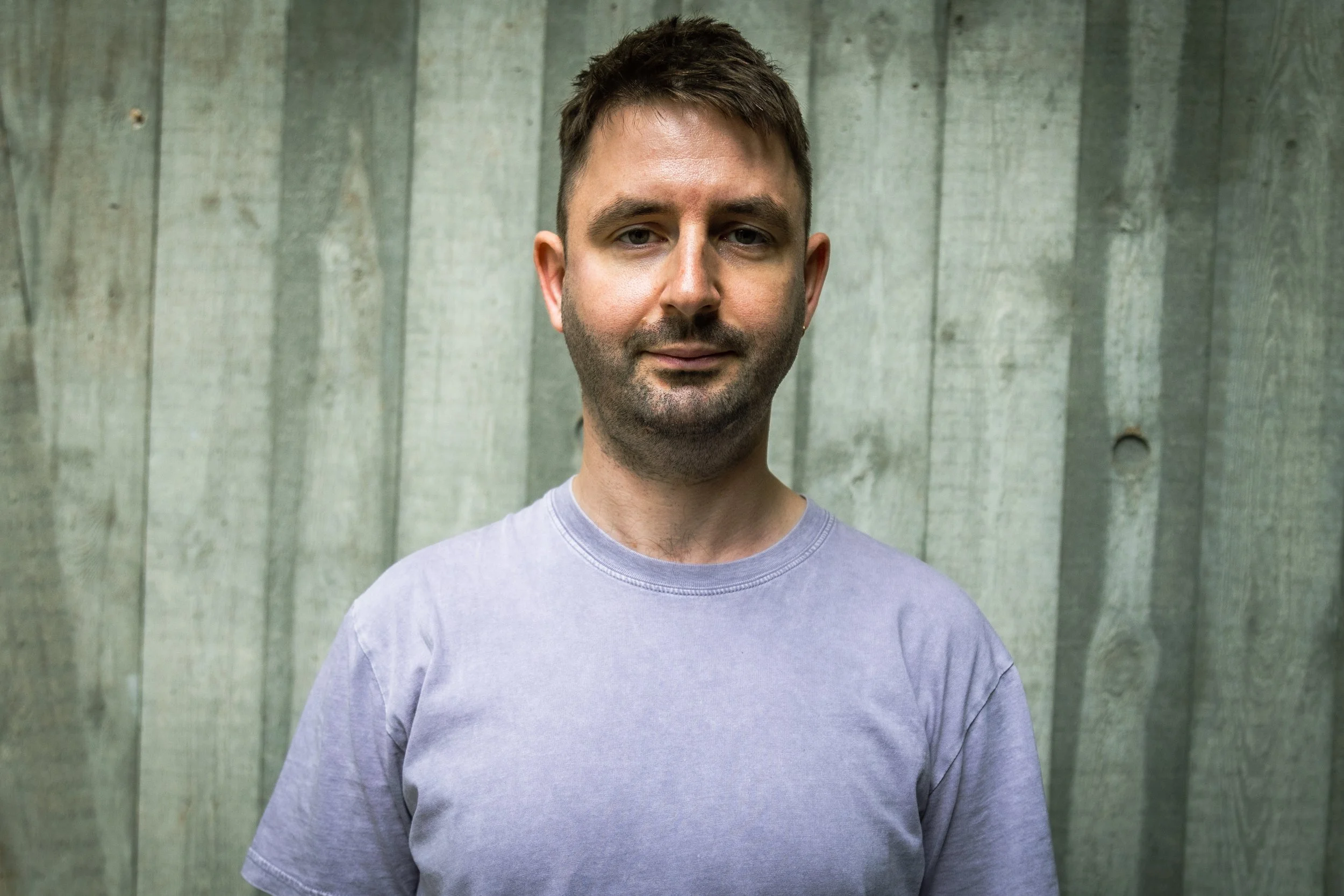








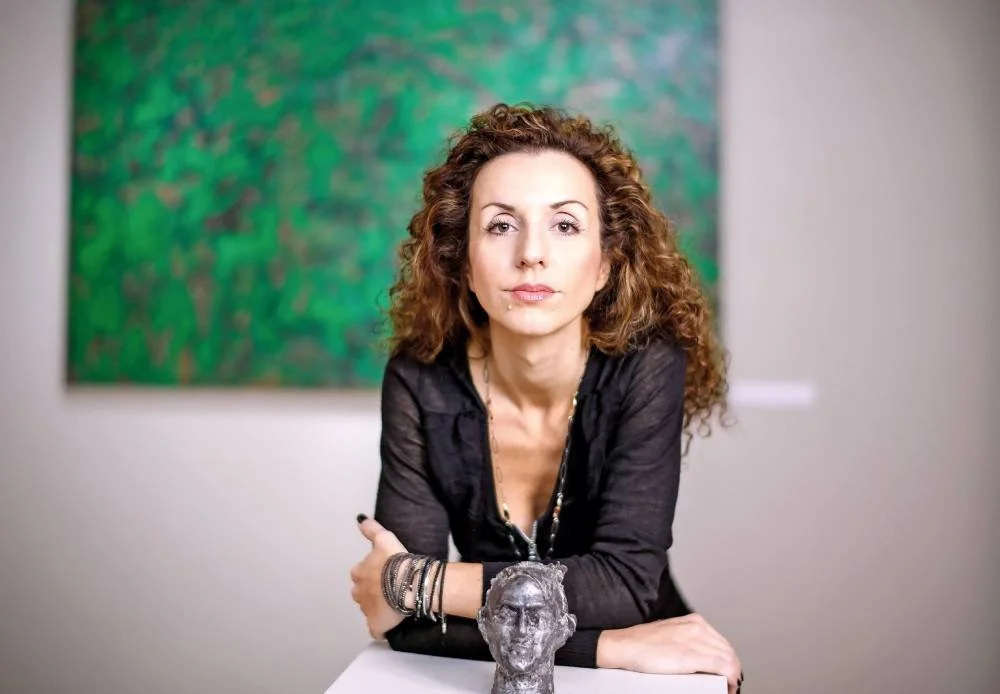





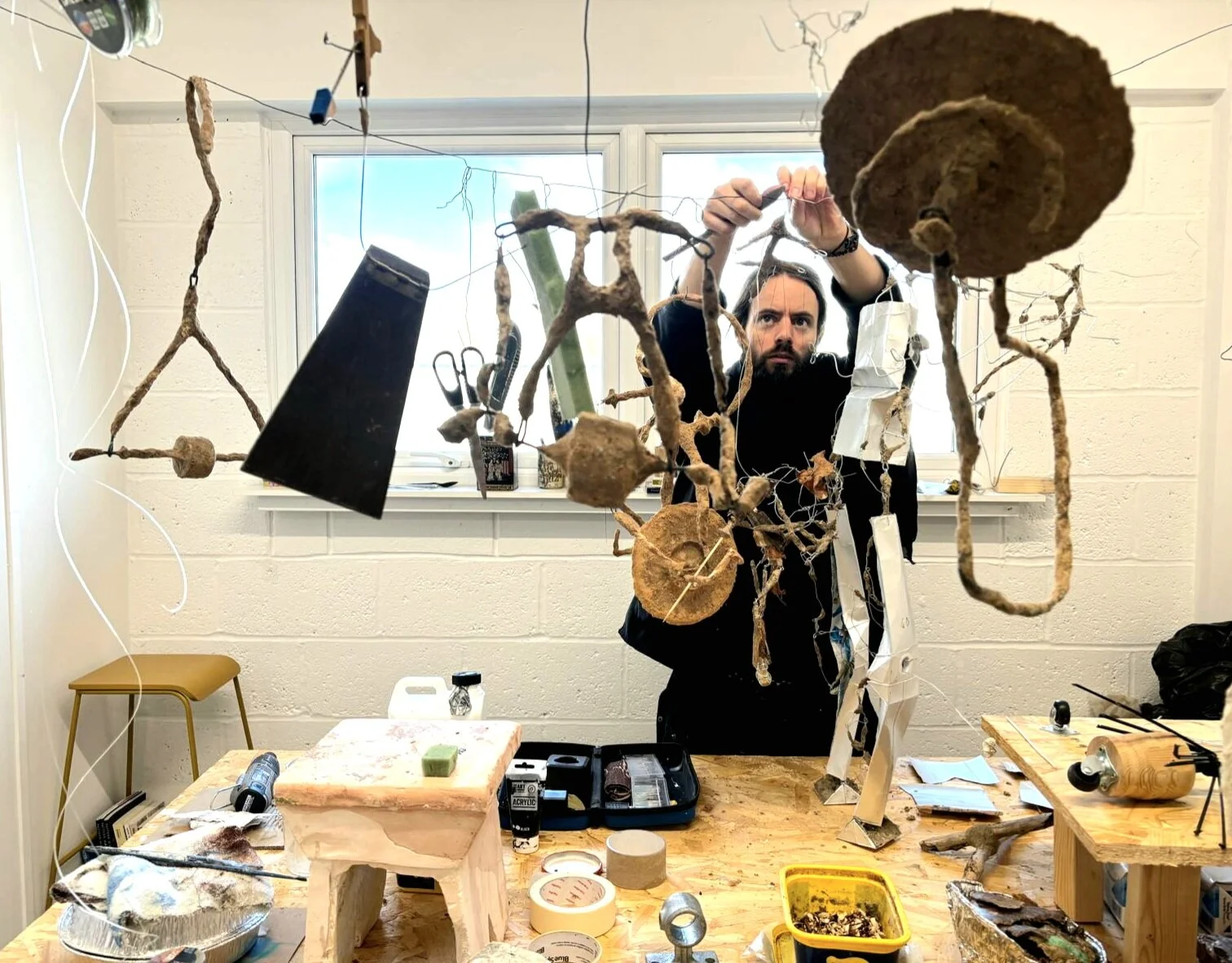































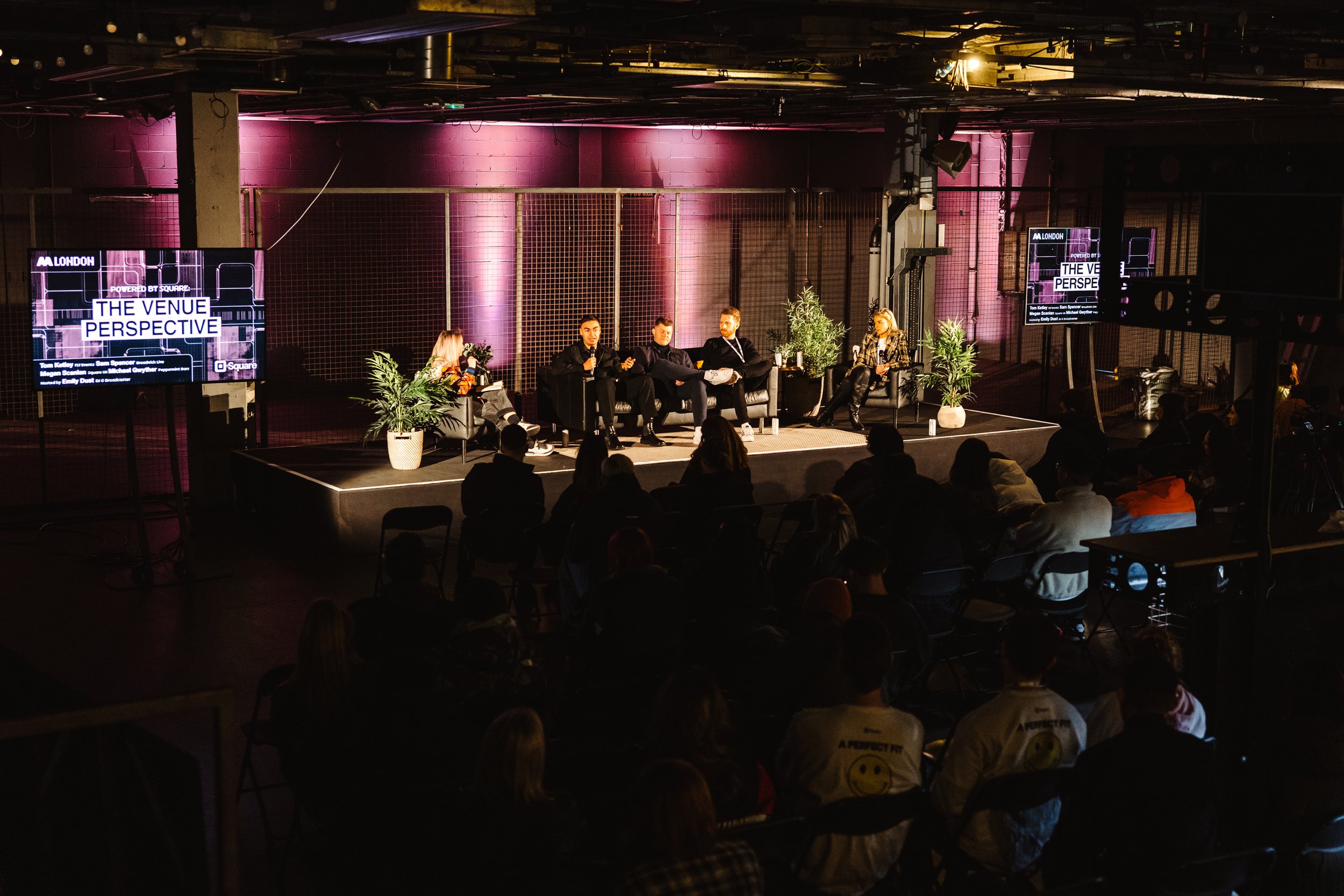
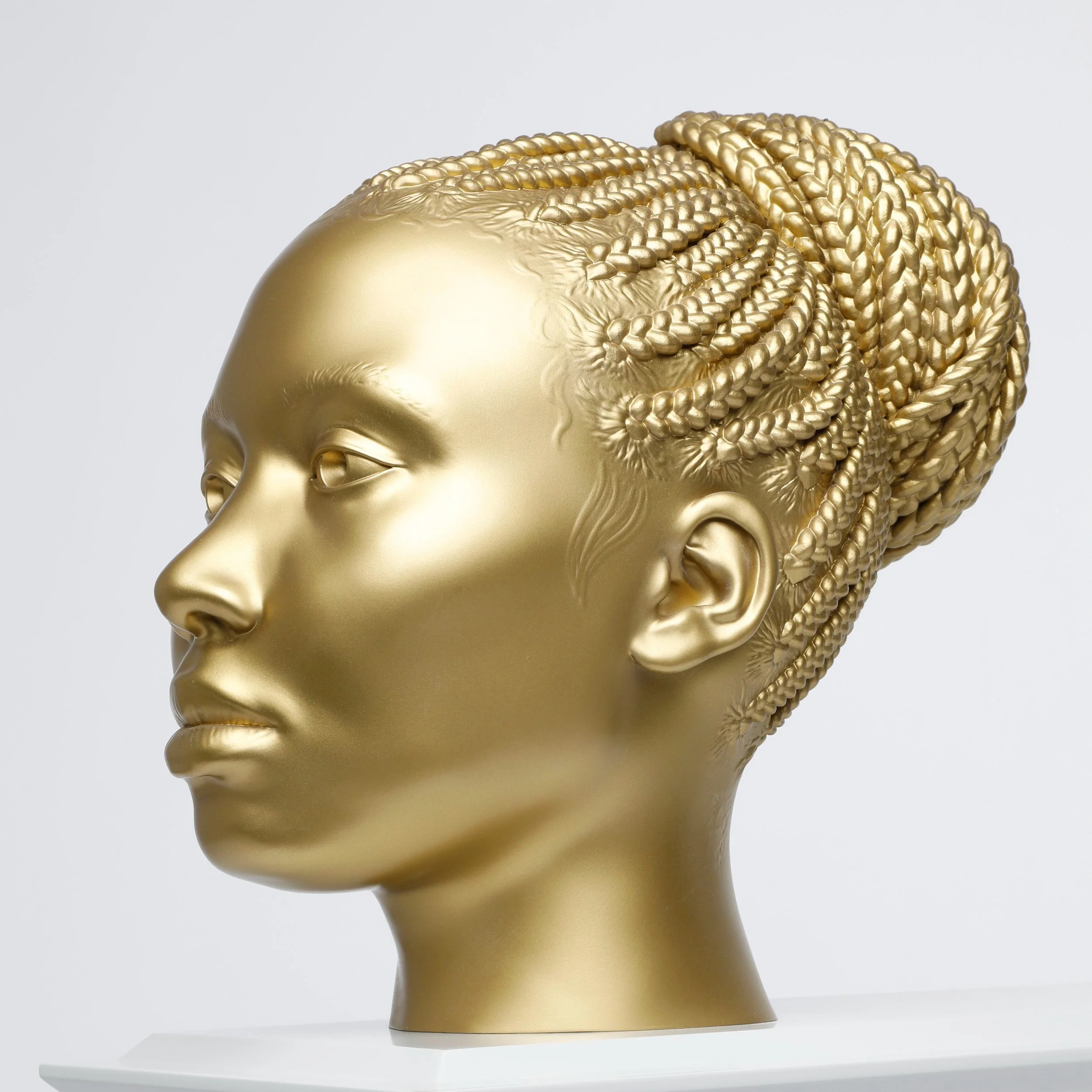






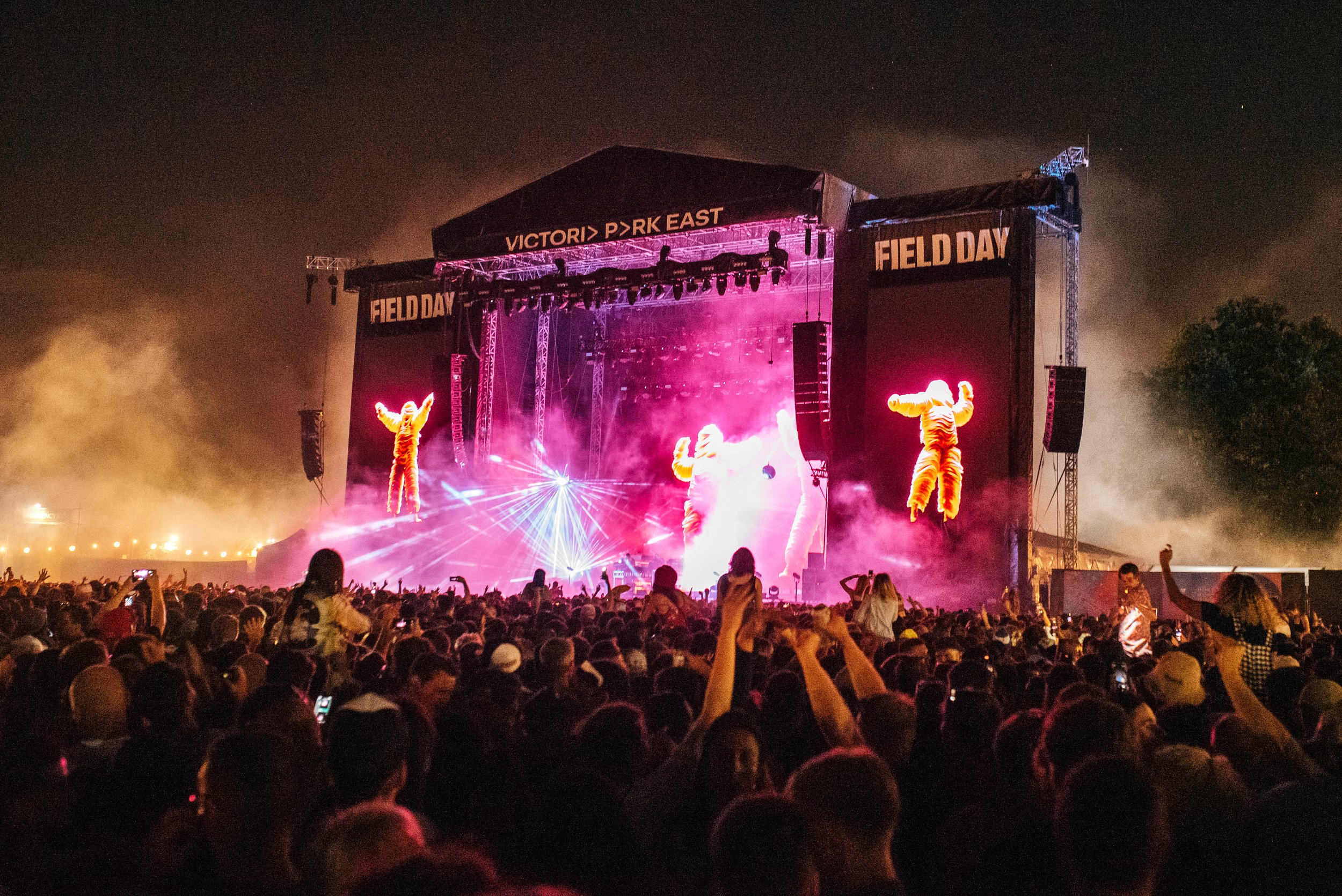






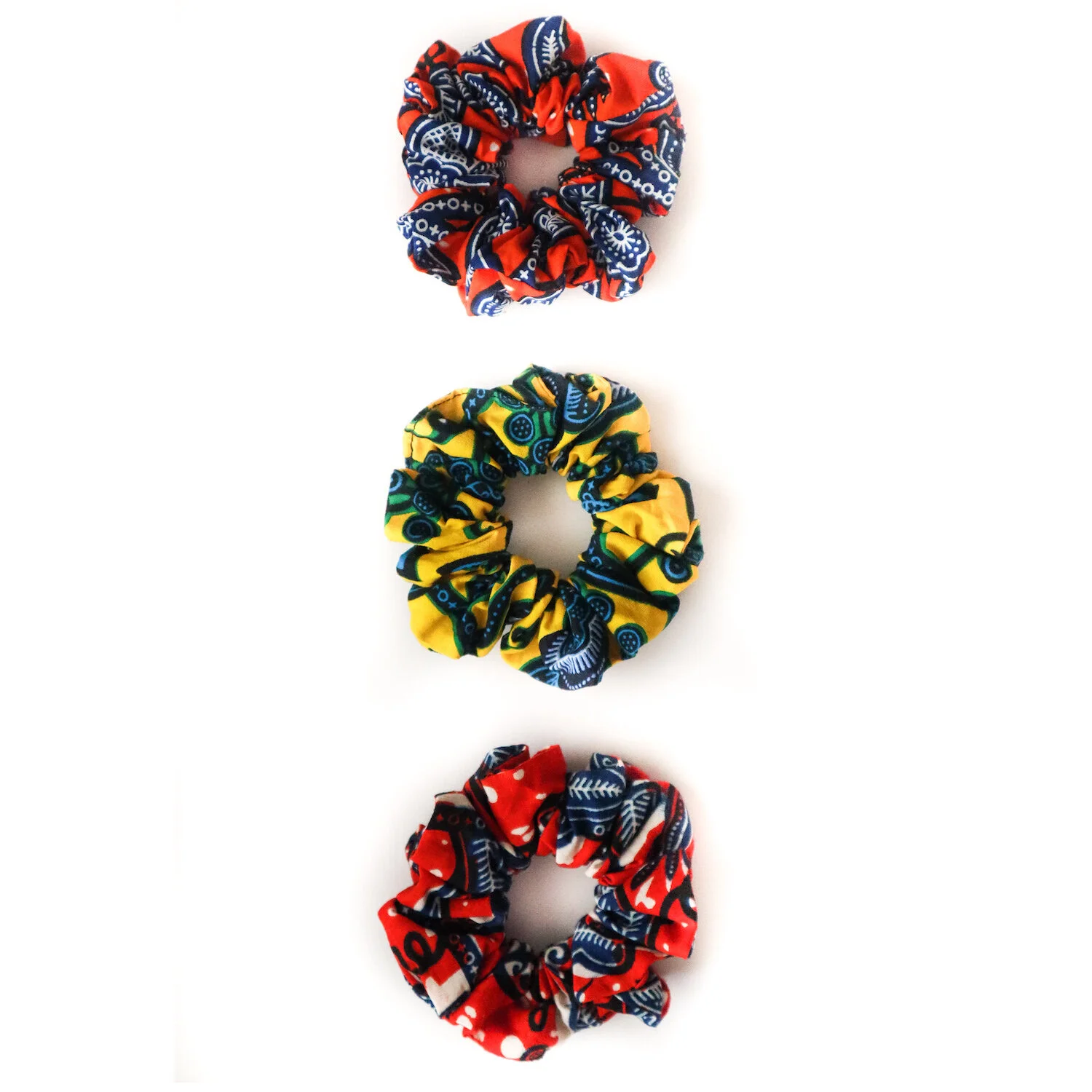



Enhanced restrictions implemented at the National Gallery following a series of attacks on iconic artworks to safeguard visitors and the collection.